-
 Bitcoin
Bitcoin $117500
2.15% -
 Ethereum
Ethereum $3911
6.19% -
 XRP
XRP $3.316
10.79% -
 Tether USDt
Tether USDt $1.000
0.01% -
 BNB
BNB $787.2
2.24% -
 Solana
Solana $175.2
4.15% -
 USDC
USDC $0.9999
0.00% -
 Dogecoin
Dogecoin $0.2225
8.40% -
 TRON
TRON $0.3383
0.28% -
 Cardano
Cardano $0.7868
6.02% -
 Stellar
Stellar $0.4382
9.34% -
 Hyperliquid
Hyperliquid $40.92
7.56% -
 Sui
Sui $3.764
7.63% -
 Chainlink
Chainlink $18.48
10.66% -
 Bitcoin Cash
Bitcoin Cash $582.1
1.88% -
 Hedera
Hedera $0.2601
6.30% -
 Avalanche
Avalanche $23.33
4.94% -
 Ethena USDe
Ethena USDe $1.001
0.02% -
 Litecoin
Litecoin $122.3
2.04% -
 UNUS SED LEO
UNUS SED LEO $8.969
-0.27% -
 Toncoin
Toncoin $3.339
0.86% -
 Shiba Inu
Shiba Inu $0.00001287
4.30% -
 Uniswap
Uniswap $10.43
7.38% -
 Polkadot
Polkadot $3.861
5.08% -
 Dai
Dai $1.000
0.02% -
 Bitget Token
Bitget Token $4.513
3.41% -
 Monero
Monero $267.7
-6.18% -
 Cronos
Cronos $0.1499
4.14% -
 Pepe
Pepe $0.00001110
5.15% -
 Aave
Aave $284.9
8.28%
Application scenarios and value of Request (REQ) coin
Request Network's native token, REQ, fuels platform services, enabling seamless cross-border payments and microtransactions with enhanced security and reduced costs.
Dec 24, 2024 at 03:37 pm
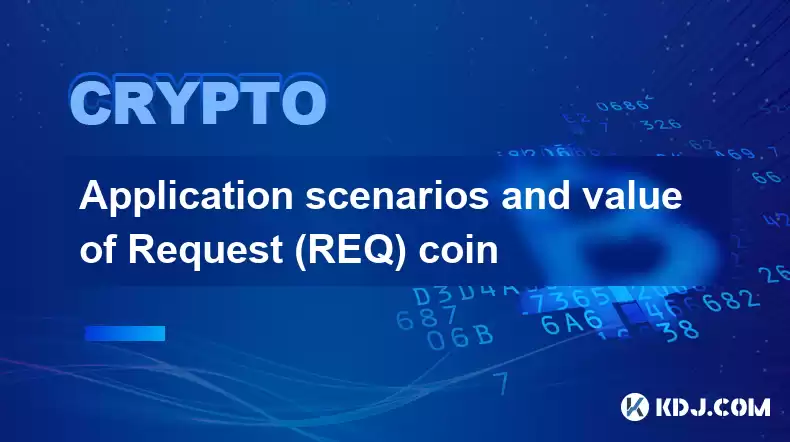
Key Points:
- Understanding Request Network and the REQ Token
- Exploring the Diverse Use Cases of REQ
- Dissecting the Value Proposition of REQ
- DApps and Services Utilizing REQ
- Analyzing REQ Token Economics and Distribution
- Evaluating Potential Investment Considerations for REQ
- Addressing Common FAQs about REQ
Application Scenarios and Value of Request (REQ) Coin
1. Understanding Request Network and the REQ Token
Request Network is a decentralized payment and invoicing platform built on the Ethereum blockchain. Its native token, REQ, serves as a medium of exchange for utilizing the platform's services. Request Network aims to simplify and streamline cross-border payments, facilitate secure invoicing, and reduce transaction costs for businesses and individuals.
2. Exploring the Diverse Use Cases of REQ
REQ's primary use case revolves around its role as a payment token within the Request Network ecosystem. The token is utilized for:
- Paying invoices generated by Request Network
- Staking to participate in the platform's network and earn rewards
- Covering transaction fees associated with using the network
- Enabling micropayments for digital goods and services
3. Dissecting the Value Proposition of REQ
REQ derives its value from several key attributes:
- Decentralization: The Request Network operates independently of third-party intermediaries, providing greater trust and transparency for users.
- Security: Built on the Ethereum blockchain, REQ transactions benefit from the platform's robust security measures.
- Cost-effectiveness: Compared to traditional payment methods, Request Network offers significantly reduced transaction fees.
- Global reach: The network operates globally, enabling seamless cross-border payments.
- Flexibility: REQ can be integrated with other blockchain applications and platforms.
4. DApps and Services Utilizing REQ
Numerous DApps and services have integrated REQ into their ecosystems, including:
- OpenBazaar: A decentralized marketplace that allows users to buy and sell goods using REQ.
- Gnosis: A prediction market platform that employs REQ for wagering and rewards.
- Ethereum ID: A digital identity management system that utilizes REQ for transaction authentication.
5. Analyzing REQ Token Economics and Distribution
REQ has a total supply of 1 billion tokens, distributed as follows:
- Team and advisors: 18.5%
- Foundation: 10%
- Token sale: 71.5% (divided into pre-sale and main sale)
The majority of REQ tokens are in circulation, with a significant portion staked in the network.
6. Evaluating Potential Investment Considerations for REQ
Potential investors should consider the following factors when evaluating REQ:
- Market dynamics and adoption rates
- Competition and emerging alternatives
- Regulatory landscape
- Long-term vision and roadmap
- Team experience and track record
FAQs about REQ
- What is the purpose of Request Network?
Request Network aims to revolutionize payments and invoicing by providing a secure, transparent, and cost-effective platform for businesses and individuals. - How is REQ utilized within the Request Network ecosystem?
REQ serves as the primary payment token, enabling seamless cross-border payments, invoicing, and micropayments. - What advantages does REQ offer over traditional payment methods?
REQ transactions are significantly faster, more secure, and less expensive than those facilitated by traditional payment providers. - Where can I buy and trade REQ?
REQ is listed on various cryptocurrency exchanges, including Binance, Coinbase, and Kraken. - Is REQ a good investment?
The decision to invest in REQ depends on individual circumstances and risk tolerance. Investors should carefully consider market conditions, the project's progress, and potential risks.
Disclaimer:info@kdj.com
The information provided is not trading advice. kdj.com does not assume any responsibility for any investments made based on the information provided in this article. Cryptocurrencies are highly volatile and it is highly recommended that you invest with caution after thorough research!
If you believe that the content used on this website infringes your copyright, please contact us immediately (info@kdj.com) and we will delete it promptly.
- FTT Token's Wild Ride: Creditor Repayments vs. Market Drop - A New Yorker's Take
- 2025-08-08 07:10:12
- Floki Crypto Price Prediction: Riding the Robinhood Rocket or Just a Meme?
- 2025-08-08 07:15:12
- EigenLayer, Restaking, and Ethereum: Navigating the Hype and the Hazards
- 2025-08-08 06:30:12
- Super Bowl 59: Jon Batiste to Jazz Up the National Anthem
- 2025-08-08 06:30:12
- Cold Wallet Crypto in 2025: The Future is Now, Ya'll
- 2025-08-08 05:10:13
- MAGACOIN, SOL, and ADA: A Tale of Shifting Tides in Crypto
- 2025-08-08 05:10:13
Related knowledge

Where can I buy UMA (UMA)?
Aug 07,2025 at 06:42pm
Understanding UMA and Its Role in Decentralized FinanceUMA (Universal Market Access) is an Ethereum-based decentralized finance (DeFi) protocol design...

What exchanges support buying IOTA (MIOTA)?
Aug 07,2025 at 09:58pm
Understanding the Role of Private Keys in Cryptocurrency SecurityIn the world of cryptocurrency, private keys are the cornerstone of ownership and con...
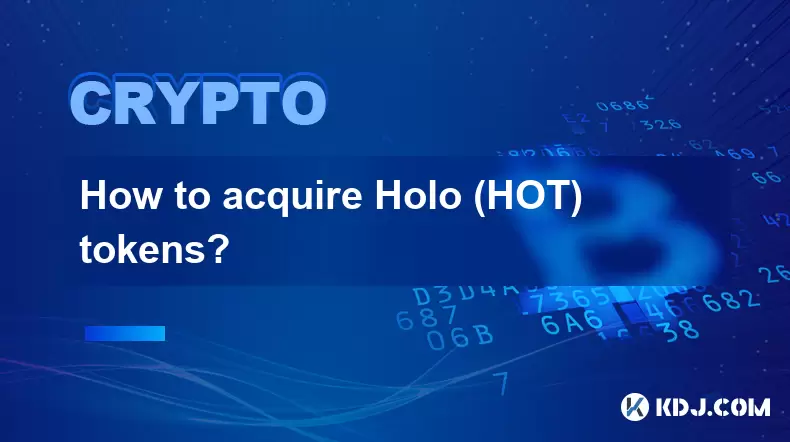
How to acquire Holo (HOT) tokens?
Aug 08,2025 at 05:56am
Understanding Holo (HOT) and Its EcosystemHolo (HOT) is a cryptocurrency token associated with the Holo ecosystem, which is built on the Holochain fra...
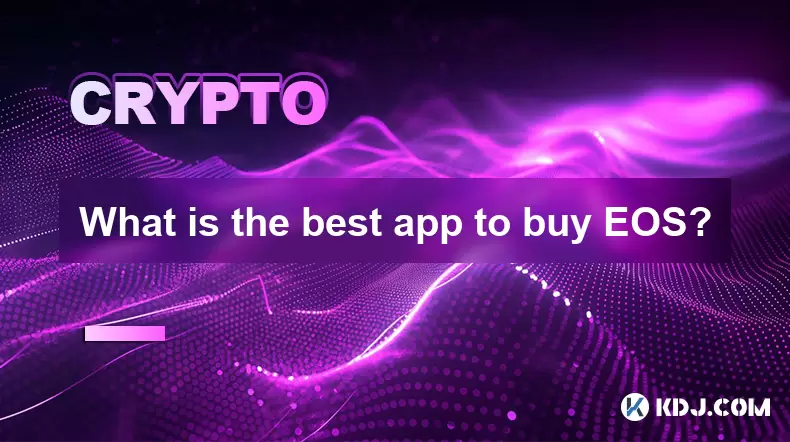
What is the best app to buy EOS?
Aug 07,2025 at 04:35pm
Understanding EOS and Its Role in the Cryptocurrency EcosystemEOS is a blockchain platform designed to support decentralized applications (dApps) with...
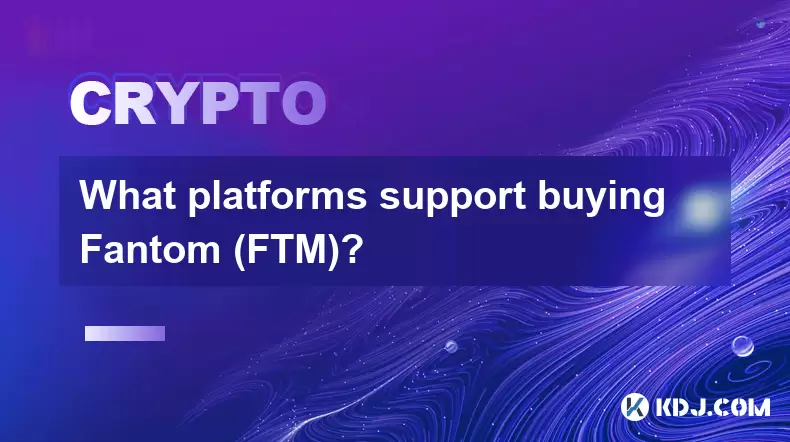
What platforms support buying Fantom (FTM)?
Aug 08,2025 at 01:56am
Overview of Fantom (FTM) and Its EcosystemFantom (FTM) is a high-performance, scalable, and secure layer-1 blockchain designed to overcome the limitat...
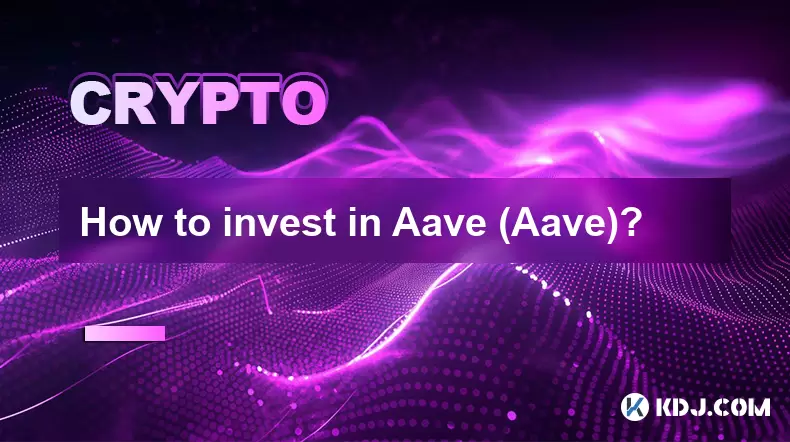
How to invest in Aave (Aave)?
Aug 08,2025 at 01:07am
Understanding Aave (AAVE) and Its Role in DeFiAave is a decentralized finance (DeFi) protocol that enables users to lend, borrow, and earn interest on...

Where can I buy UMA (UMA)?
Aug 07,2025 at 06:42pm
Understanding UMA and Its Role in Decentralized FinanceUMA (Universal Market Access) is an Ethereum-based decentralized finance (DeFi) protocol design...

What exchanges support buying IOTA (MIOTA)?
Aug 07,2025 at 09:58pm
Understanding the Role of Private Keys in Cryptocurrency SecurityIn the world of cryptocurrency, private keys are the cornerstone of ownership and con...

How to acquire Holo (HOT) tokens?
Aug 08,2025 at 05:56am
Understanding Holo (HOT) and Its EcosystemHolo (HOT) is a cryptocurrency token associated with the Holo ecosystem, which is built on the Holochain fra...

What is the best app to buy EOS?
Aug 07,2025 at 04:35pm
Understanding EOS and Its Role in the Cryptocurrency EcosystemEOS is a blockchain platform designed to support decentralized applications (dApps) with...

What platforms support buying Fantom (FTM)?
Aug 08,2025 at 01:56am
Overview of Fantom (FTM) and Its EcosystemFantom (FTM) is a high-performance, scalable, and secure layer-1 blockchain designed to overcome the limitat...

How to invest in Aave (Aave)?
Aug 08,2025 at 01:07am
Understanding Aave (AAVE) and Its Role in DeFiAave is a decentralized finance (DeFi) protocol that enables users to lend, borrow, and earn interest on...
See all articles

























































































